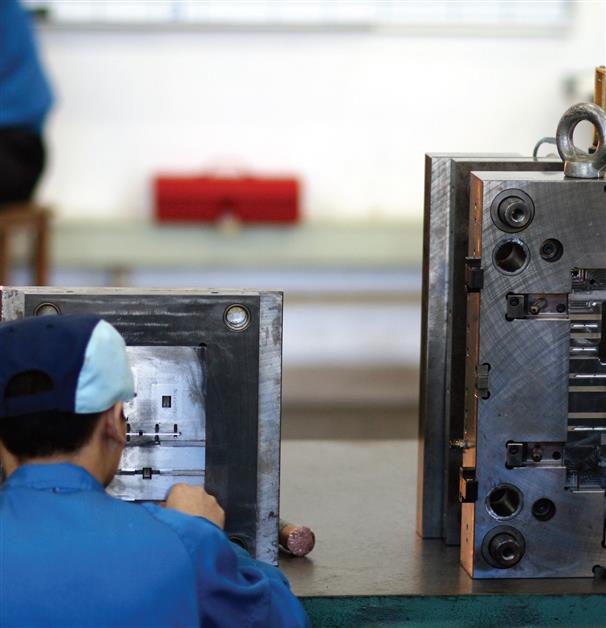China and Malaysia have jointly established the Malaysia- China Kuantan Industrial Park (MCKIP) and Qinzhou Industrial Park (QIP). But the small size of the MCKIP (just over a tenth of the size of QIP) suggests a continued imbalance in Malaysia-China foreign investments.
China and Malaysia have established two joint industrial parks to further boost bilateral trade and investment. These are government-to-government initiatives and notably the third such bilateral effort by China after the Suzhou and Tianjin projects with Singapore. The Malaysia-China Kuantan Industrial Park (MCKIP), to be built on 1,500 acres, is located in the less developed Malaysia Eastern Corridor.
Announced on February 5 at a groundbreaking ceremony attended by Jia Qinglin, chairman of China’s top advisory body, and Prime Minister Datuk Seri Najib Tun Razak, this industrial park is the twin project of the 13,600-acre Qinzhou Industrial Park (QIP) being built in Guangxi Province, also a less developed region of China. Investors taking up industrial land in Qinzhou are expected to be offered attractive land prices, tax incentives and financial support. Similarly, Kuantan is also expected to offer investment incentives such as 5+5+5-year pioneer tax-free status and generous capital allowances.
MCKIP is estimated to cost US$806mil to develop. It hopes to secure total investments of US$24bil by 2020. Its key business areas include oil, E&E products and car component manufacturing. While QIP has not reported its cost or its GDV since its master plan has yet to be finalised, a start-up area of 1,945 acres within QIP is estimated to cost US$838mil. Launched on April 1, 2012, QIP is slated to have a population of 470,000, but a feasibility and investment agreement is still pending as of March 2013.
Malaysia hopes that MCKIP will help draw in Chinese outward foreign direct investment (OFDI) of US$10bil over the next five years. This would push China from its current lagging spot to a top ranked investor in Malaysia and match its role as Malaysia’s top trading partner.
But can the project really help boost and rebalance the overwhelming flow of Malaysia direct investments to China which dwarfs what China has invested in Malaysia? Several sources support a conservative estimate that Malaysia OFDI to China is at least five times as big as China OFDI to Malaysia. As a point of reference, Chinese official data report its cumulative OFDI in Malaysia at US$700mil in 2010.



